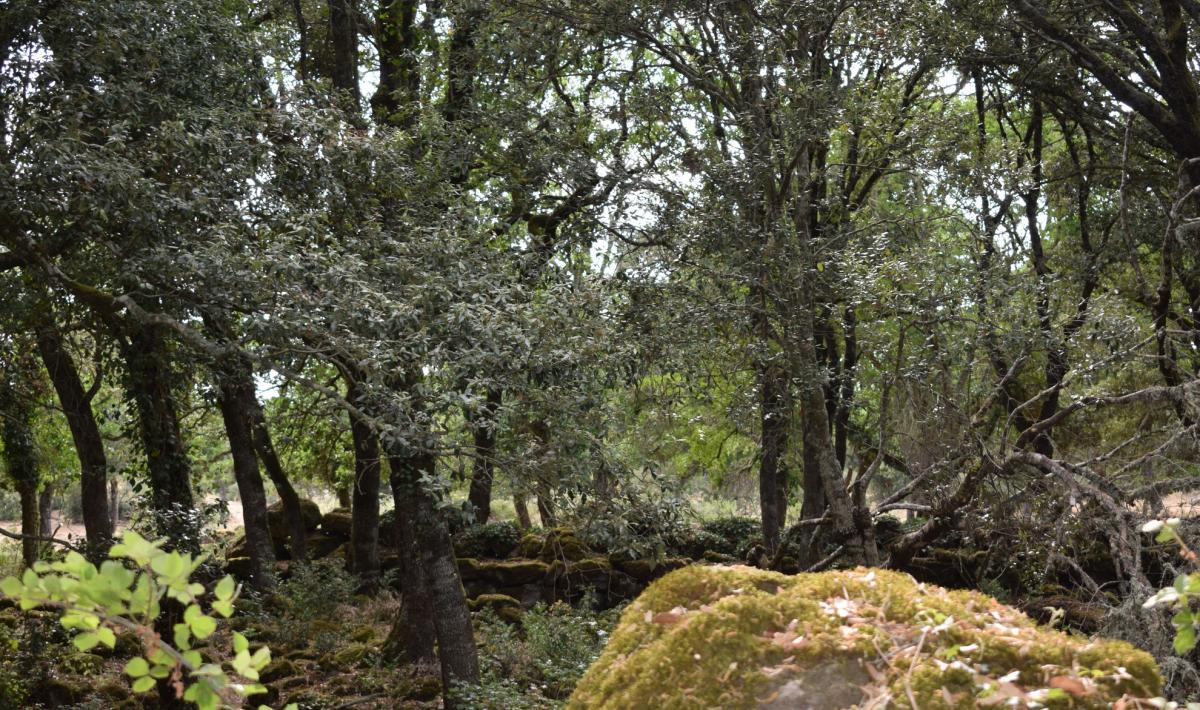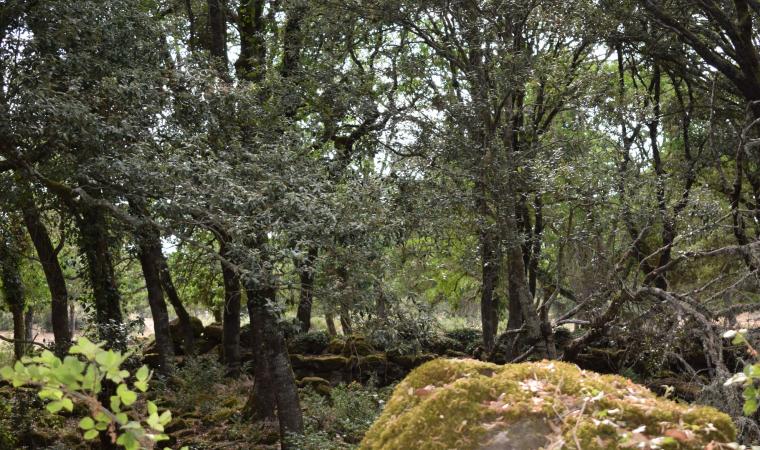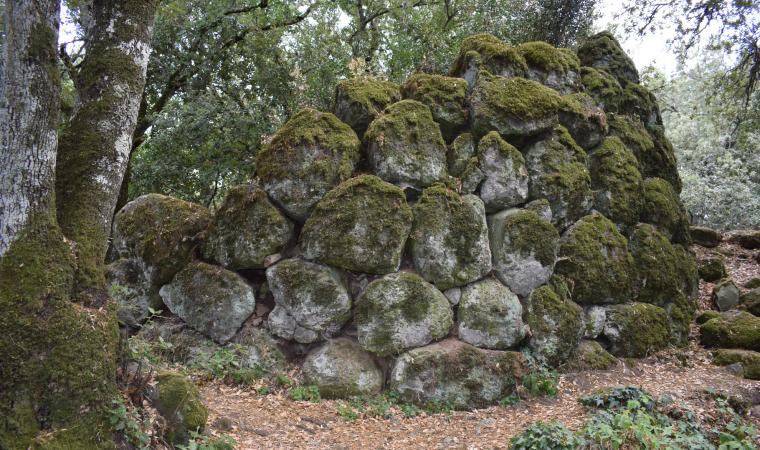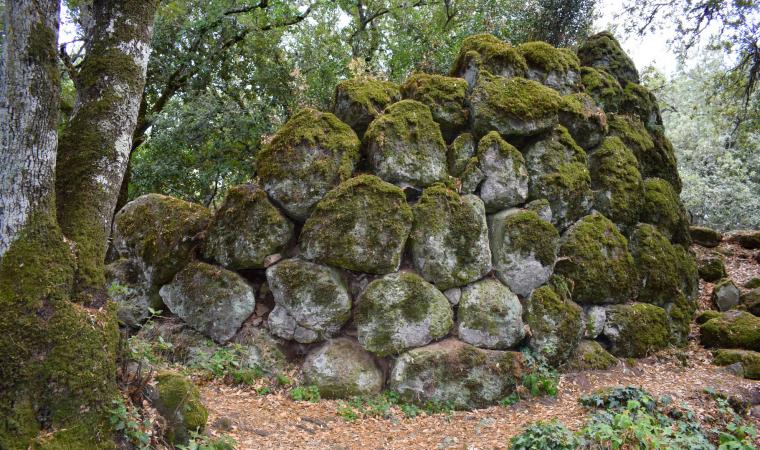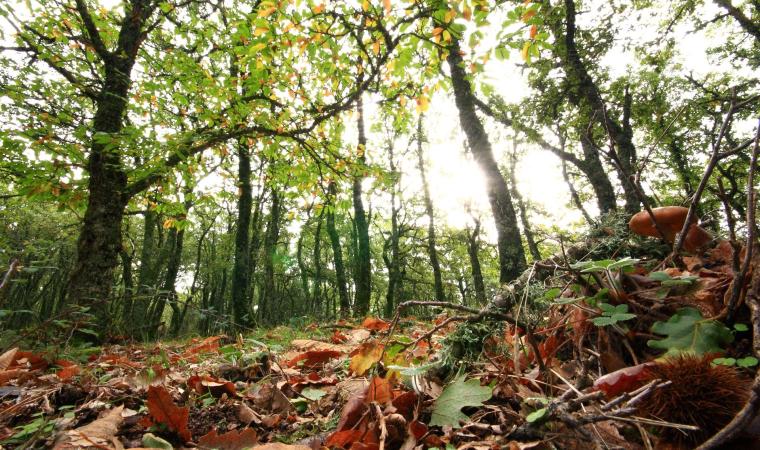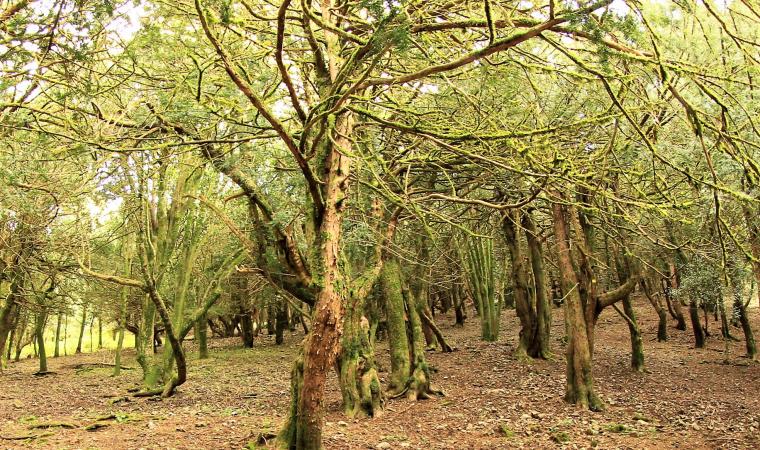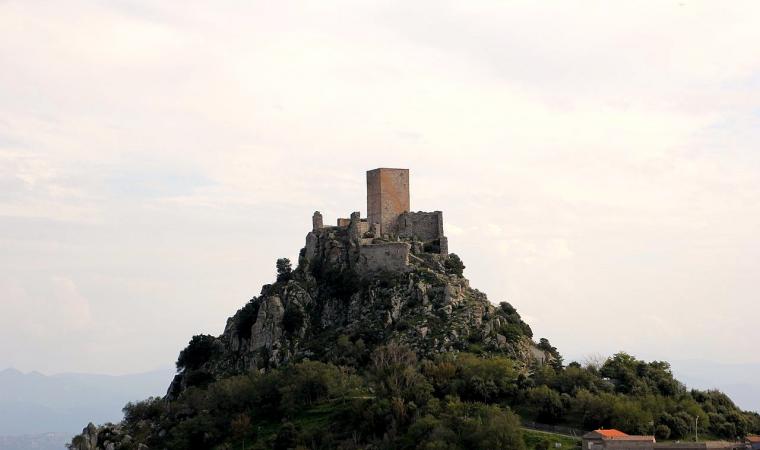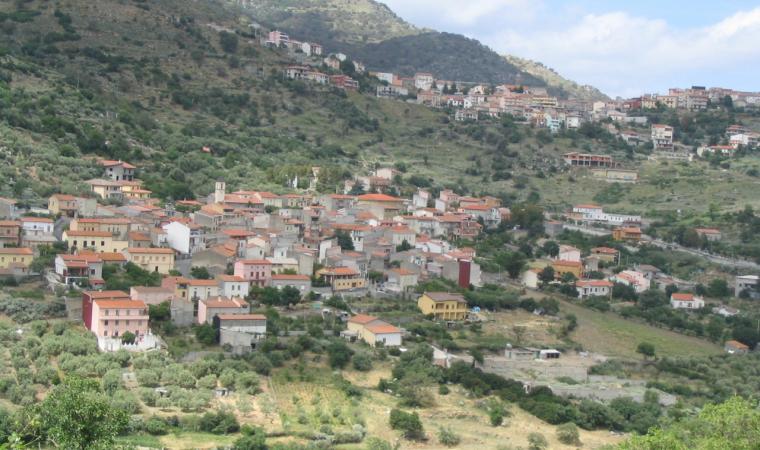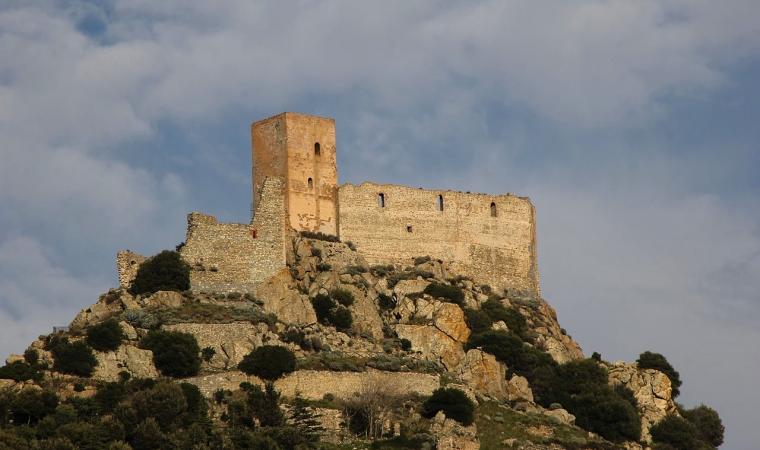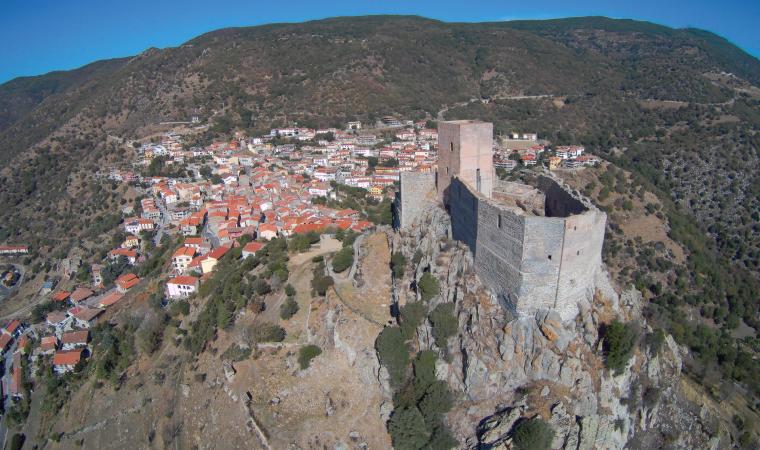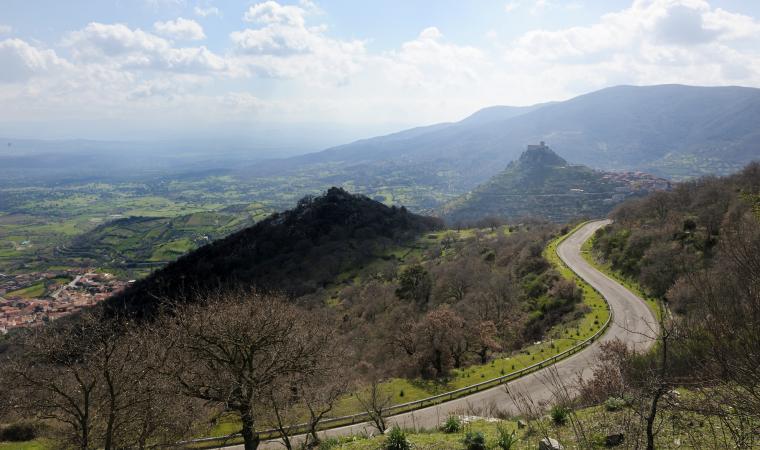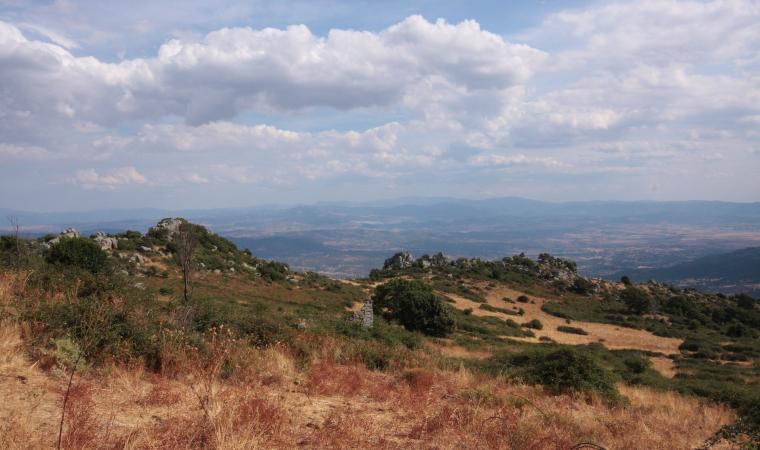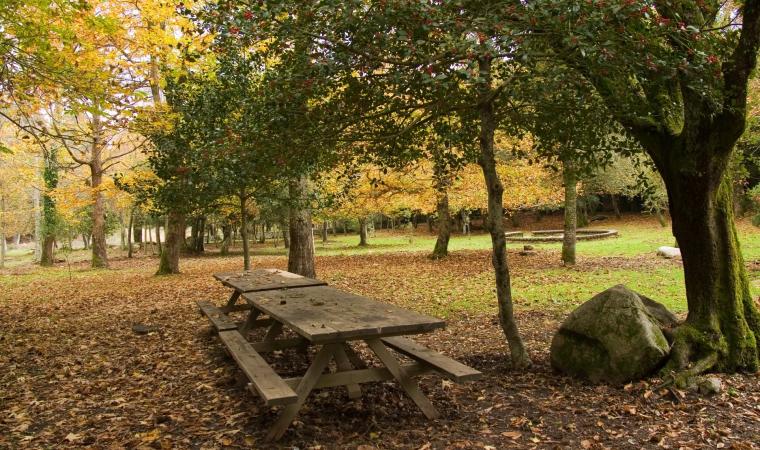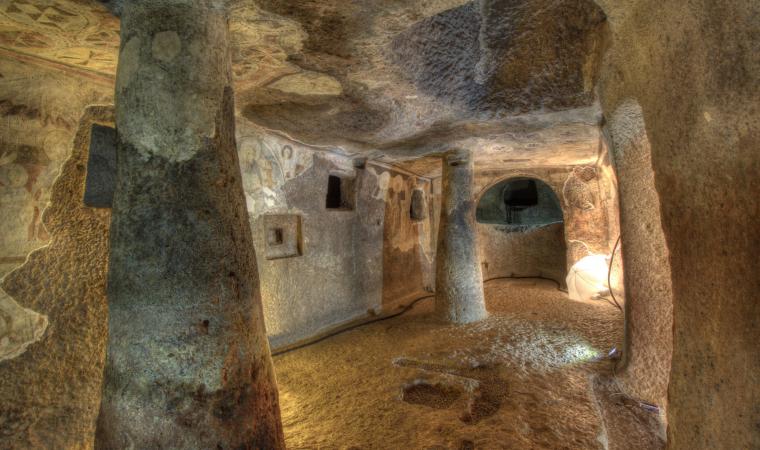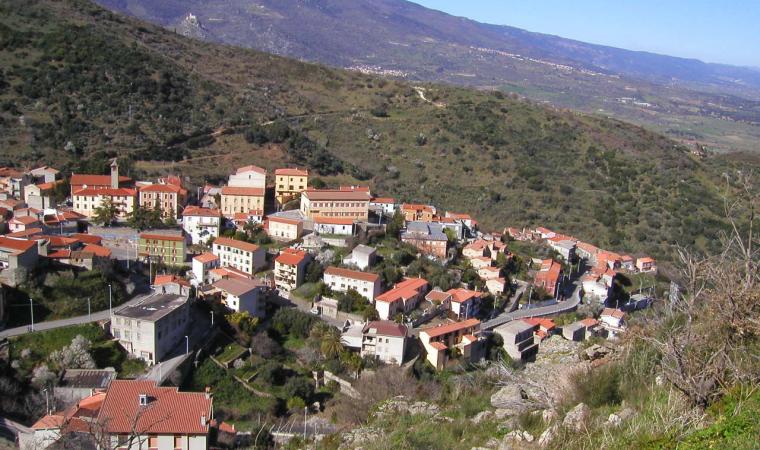Absolute peace and silence reigns here, a silence broken only by the occasional sound of the animals that live in the thick of the enchanted woods, woods graced with every hue of green. Some seven kilometres from Burgos lies a vast forest which, on one side, encloses the remains of the distant past – like the enormous Costa nuraghe and the smaller Erismanzanu nuraghe - while on the other side is home to a modern equestrian centre, once a government breeding centre. Today, Foresta Burgos raises a variety of equestrian breeds, in particular Anglo, Arabian and Sardinian, as well as Sardinian ponies. The centre is also home to albino donkeys, seeing as those which live in the Asinara National Park are, through inbreeding with the resident grey donkeys, bound to become extinct.
The old breeding centre is a now a small abandoned village surrounded by empty buildings, a village imbued with a very particular atmosphere created by bright light that sometimes feels almost spectral. This now unkempt corner of the mountain was, however, once very much alive. The first modern settlement dates to the late 19th century and boasted a small farm. Soon, in 1906, the government chose this spot to breed and train horses for the police and carabinieri. A few years later, the horses here were being trained to go to war, the First World War. From here, you can now go for relaxing nature walks in the furrows left behind by soldiers.
In the late 1950s, the structure was abandoned by the military and handed over to the Ozieri equestrian institute, who, to this day, breed horses. There is an indoor arena to train and prepare the horses for competition, as well as a riding school. In its heyday, Foresta Burgos boasted several buildings, some of which have been repurposed. You can still tour the centre of the old village, which has survived the scourges of time, and is made up of four buildings – the largest of which are a headquarters and office building – that sit around the little church of San Salvatore. The church is graced with lovely Neo-Medieval architecture and is reached via a tree-lined road. Its sloping façade is made of alternating coloured rows of ashlars, in keeping with the island's Romanesque tradition. You can spot typical Gothic characters in the decorations on the portal and small rose windows with blind arches, some round, some pointed. At the back, a cusp bell tower adorns the little church.
The area comes under the municipality of Burgos, built in 1337 at the feet of a Medieval castle. The town, which sits at 600 metres above sea level, is surrounded by an enchanting landscape made up of, aside from Foresta Burgos, the perimeter of the Badde Salighes woods, which lies partially within the territory of Bolotana, and monte Rasu, in the territory of Bono, Goceano’s most important town. On its slope is the fascinating locality of sos Nibberos, home to Italy’s largest yew forest, and at the top of which sits the island’s oldest Franciscan monastery.

